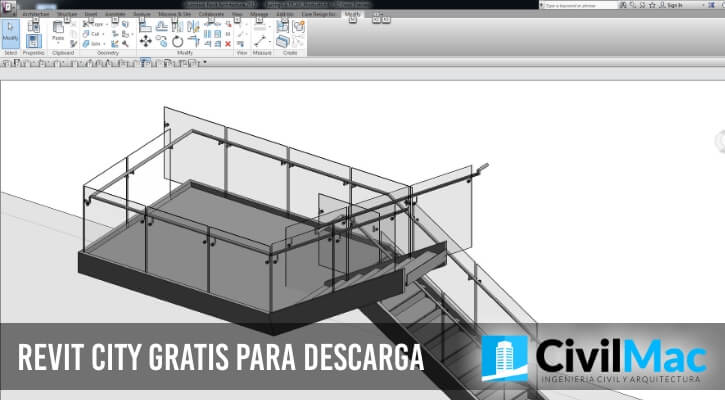

Press OK again and go back into the Urban view. Under Design Visualization, choose your uploaded Scene Layer and press OK.Ĩ. Go to the Scenarios Tab and choose a Scenario.ħ. Select the new Project, go to the Options button and choose Configure.Ħ. Fill out some information like the Name, Description, Status, etc. Draw in the new Project Polygon and press Add Project.Ĥ. Press the Add Button and select Projects.ģ. Floors are predefined in Revit, and cannot be defined in ArcGIS Onlineįinally, we’re now able to add the BIM model into ArcGIS Urban to view it with the surrounding context.Ģ.By going to the Building Explorer (button) tab, you’re able to filter the model by the floors. Because we uploaded a Revit Model, we are also able to view the model by floor. Click on the thumbnail to Open your Scene Layer in a Scene.ģ. Traverse to your uploaded Scene Layer under your Contents.Ģ. With the model now hosted on ArcGIS Online as a Scene Layer, let’s view it.ġ. Part 3: Viewing your model in ArcGIS Online Select the Scene Layer Package, give it a Name, Summary, and Tag. In your Contents tab, go to Add items, and select From your computer. Sign in to your ArcGIS Online Organization.Ħ. Leave the Output Coordinate System as is and press Run.ĥ. In the tool, add your model as the Input Dataset. Leave the Select the location of your Output dataset.Ĥ. In the Search bar, search for the Create Building Scene Layer Package tool.ģ. The Geoprocessing window will open on your left.Ģ. Go to the Analysis tab, and select the Tools option. Use the Move to Display tool to move your model into the correct location, along with the other edit tools ( Move, Scale, Rotate).Select the Floors layer in Drawing order, go to the Building Manage tab, and select Georeference.If your data is not perfectly aligned or need to geolocate the model, first remove the full model, then go to Add Data, click into the Revit Model, then open up the Architectural folder, and select the Floors layer.Go to Add Data, and browse to your Revit model. Once you define the PRJ and WLD, the global scene will display your Revit model fine.Ģ. We are adding the Revit model in a Local Scene first rather than a Global Scene because Revit models are inherently not created in any coordinate system, and thus will not have any specified projection file (a PRJ) or transformation parameters (WLD) and cause display issues in the Global Scene.

Open a new ArcGIS Pro Project and select a new Local Scene.

Part 2: Moving the model into ArcGIS Pro Now, let’s import your Revit into Pro.ġ.


 0 kommentar(er)
0 kommentar(er)
